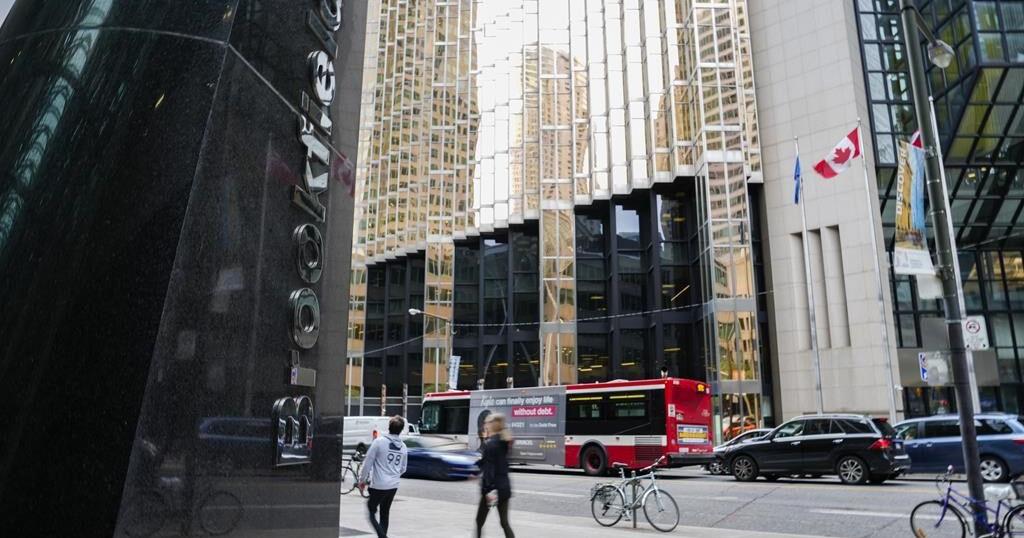Investment in new oil and gas production will still be needed in the energy transition as demand will still be there over the next few decades, Mark Carney, former governor of the Bank of Canada and the Bank of England, said in an interview with CTV on Sunday.
The world is raising investments in clean energy, but oil and gas will still be necessary and will need investment to keep up with demand, said Carney, who is currently head of transition investing at Brookfield Asset Management.
The energy crisis and policy actions sent global investment in low-carbon energy sources soaring to a record $1.1 trillion in 2022, with the money spent on the energy transition equaling for the first time investment in supply of fossil fuels.
“We’ve moved from investment around the world of about 50 cents in clean energy five years ago relative to every dollar in fossil fuels, in conventional energy, to now, that ratio is we’re spending more on clean energy than we’re spending on fossil fuels in terms of investment,” Carney told CTV.
“But that ratio, by the end of this decade, to be on track to where the world needs to get to, needs to go to about four-to-one or five-to-one, clean to fossil fuels.”
“But it’s four-to-one, it’s not four to zero, so there still does need to be some investment in fossil fuels,” he added.
Saudi Arabia, the world’s top crude oil exporter, has been warning for years that the rush to ditch fossil fuels and the reluctance to invest in new supply would create shortages in oil and gas while the world still needs them.
Now the top executives of the biggest international oil and gas firms are joining Saudi Aramco in calling for an “orderly” transition in which people should get the secure and affordable energy supply they currently need and they currently get from fossil fuels.
The energy transition needs to happen in an orderly fashion, BP’s chief executive Bernard Looney said earlier this year. Chevron’s CEO Mike Wirth said in March that “one of the greatest challenges of all time” was to keep secure and affordable supplies flowing while managing the energy transition.
“We have to be very careful about turning system A off prematurely and depending on a system that doesn’t yet exist and hasn’t been proven.”
By Tsvetana Paraskova for Oilprice.com

























